John Blaxland and Rhys Crawley’s The Secret Cold War is the third and – at least for the time being – final volume of The Official History of ASIO. The first volume, The Spy Catchers, told the history of ASIO from its creation in 1949 through to the golden summer of the late Menzies years. The second, The Protest Years, took the story from 1963 through to the end of the Whitlam Government in 1975. Volume three takes the story up to a time within fairly recent memory, ending with the fall of the Berlin Wall in 1989 – a neat termination point, given that so much of ASIO’s work in its first four decades was devoted to defeating communism. We pick up the story as the Whitlam Government comes to its spectacular and inglorious end, and follow ASIO’s history through the period of the Fraser and Hawke Governments. The title, The Secret Cold War, reflects the authors’ insight that, despite the détente which was the hallmark of international politics during the late 1970s and early 1980s, a subterranean Cold War continued apace, in particular in the form of more intense espionage:
…there is evidence to suggest that this détente was instrumental in facilitating more effective and expansive Soviet bloc espionage endeavours … [D]étente allowed a lowered state of alertness in countries such as Australia that was helpful for more intrusive and extensive Soviet bloc espionage operations.
The authors chronicle the fundamental changes which ASIO underwent in a relatively short period of time, following the sometimes traumatising experience of the Whitlam Government: the first and second Hope Royal Commissions, which fundamentally changed the shape, and (perhaps more importantly) the culture of the organisation; the ASIO Act of 1979 – the first comprehensive revision of ASIO’s statute since 1956; the establishment of parliamentary oversight of ASIO and the creation of the office of Inspector-General of Intelligence and Security. We see an organisation which is recognisably the contemporary ASIO come into being. If the international background was the final years of the Cold War, the period was marked by dramatic domestic developments as well. These included the 1978 Hilton Hotel bombing, which targeted the Commonwealth Heads of Government Meeting; and the Combe-Ivanov affair in 1983, when a former National Secretary of the ALP, David Combe, fell under the influence of the Soviet agent Valeriy Ivanov. The book traces the gradual diminuendo of Australian communism, following the fragmentation of the Communist Party of Australia into a bizarre netherworld of splinter groups: the CPA (Marxist-Leninist), the Socialist Party of Australia, not to mention such exotic groupuscules as the Spartacists, the Federation of Australian Anarchists, the Anarchist Black Cross and the Anarcho-Youth International Party, to name a few. In a passage which evokes Monty Python’s Life of Brian, the authors note ‘they had little popular appeal or access to positions of power within the community and were frequently distracted from their purpose by disputes within and between themselves.’ They drily observe ‘This probably should have triggered greater reflection within ASIO on the correlation between ways, ends and means and the increasingly marginal threat to society posed by such groups.’ Yet the degeneration of the domestic communist movement can only be seen as the successful culmination of decades of work by ASIO, in particular in the 1950s, when the reality of the communist threat was denied by one side of politics – a refusal to confront historical truth which found its parodic embodiment in Evatt who, at the height of the Petrov affair, famously urged a stunned and incredulous House of Representatives to place their trust in Molotov. As communism collapsed, other threats were emerging, and ASIO began to change both its thinking and its language, from subversion to terrorism. Chapter 15 traces that important conceptual shift. As the authors observe: ‘Those within ASIO now recognised that “subversion” was the category of security under which most of the historical criticism of ASIO seemed to rest. A better definition, it was hoped, would help ensure that it limited itself more specifically to genuine sources of security concern. Politically motivated violence was now the term used…’
No doubt the last chapter will attract the most public attention, dealing with the difficult subject of whether ASIO was penetrated by Soviet intelligence in those years (or indeed earlier). Here, the authors use their language very carefully, and it seems obvious there is much beneath the surface of the text. In the end, however, they do offer this definite conclusion:
Allegations of penetration – that the [Soviets] might have placed moles within ASIO – have circulated for years. We now know… that penetrating Australia’s intelligence agencies was one of the KGB objectives following the resumption of diplomatic relations between Australian and the Soviet Union in 1959. It now appears evident… that they succeeded…
It is possible that many of ASIO’s efforts may have been compromised through revelations to the Soviets in the 1970s and 80s. Thousands of hours of covert surveillance aimed at exposing Soviet espionage operations had been for nought because of the penetration of the Organisation. ASIO’s inability to identify the degree and extent of penetration of the Organisation is an indictment … [W]hen placed alongside the evidence from other foreign leads that would emerge later, the picture becomes clearer that ASIO had been penetrated… The question remains: how extensive was the betrayal and how extensive was the damage?
These are important questions. But the fact that they can be confronted so openly in this volume is, in a sense, a tribute to ASIO: only strong and successful organisations are unafraid of criticism. And it is important, for an organisation like ASIO to operate successfully in a liberal democracy, that such issues be confronted.
Security agencies present a paradox for democratic governance. By their nature they are required to operate covertly. Yet parliamentary democracy depends upon accountability and transparency. Reconciling those two imperatives is by no means easy. The high level of public confidence which Australians have in ASIO is the strongest testament there could be to the fact that we have, on the whole, resolved that paradox successfully.
This book will further enhance that confidence.
The post Reds in our beds? appeared first on The Spectator.
Got something to add? Join the discussion and comment below.
Get 10 issues for just $10
Subscribe to The Spectator Australia today for the next 10 magazine issues, plus full online access, for just $10.
You might disagree with half of it, but you’ll enjoy reading all of it. Try your first month for free, then just $2 a week for the remainder of your first year.

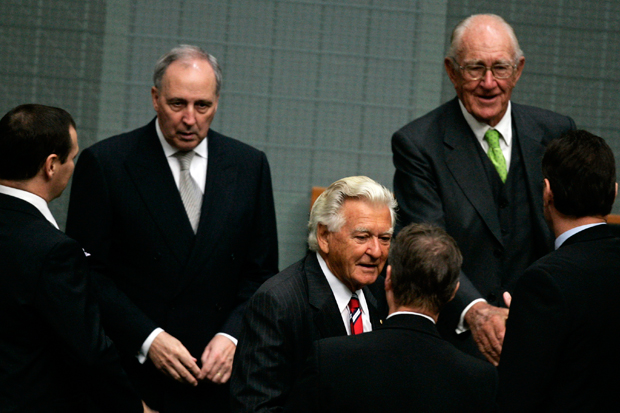


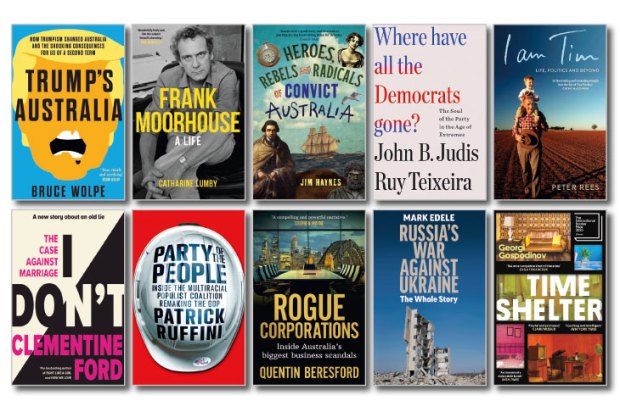
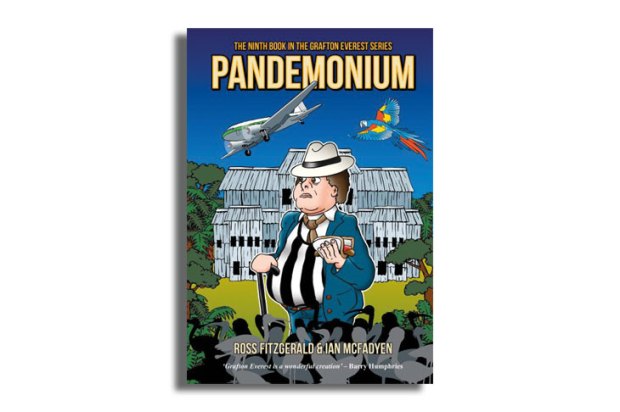
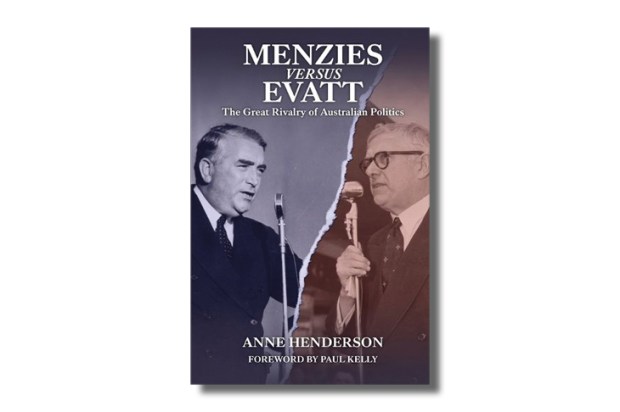
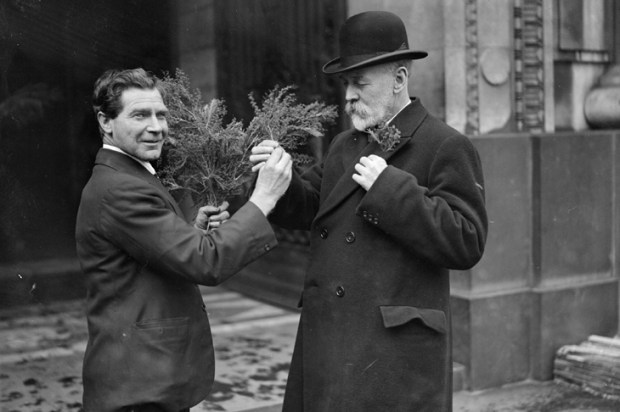






Comments
Don't miss out
Join the conversation with other Spectator Australia readers. Subscribe to leave a comment.
SUBSCRIBEAlready a subscriber? Log in